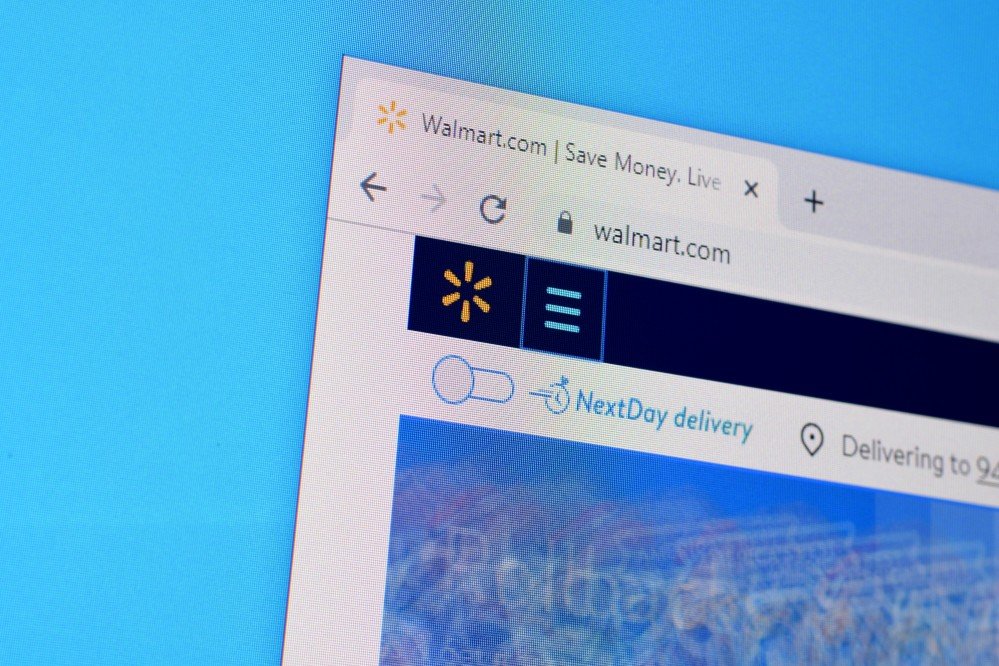The Walmart Marketplace is the fastest-growing online marketplace for third-party sellers. Last year, its eCommerce sales grew by 79% and passed more than 100,000 independent sellers. In October, Statista announced that Walmart was the second biggest eCommerce company in the US. Selling on Walmart is second best to selling on Amazon.
You may not have thought of Walmart as an eCommerce outlet for your products, but it may be time to consider them as a part of your overall eCommerce sales strategy.
What is Unique About the Walmart Platform?
Walmart has long been an established household name that’s synonymous with value and low prices. This brand promise and reputation draw in a different, wider audience than many other eCommerce platforms, and the Walmart customers are loyal – sellers get access to over 8 million Walmart+ members, who spend an average of more than $1,100 per year on Walmart.com. Their fairly strict application process for sellers also lends an air of exclusivity to their third-party sellers.
Another unique aspect of selling on Walmart is that their store locations act as distribution centers for online orders. Since 90% of Americans live within 15 minutes of a Walmart, this means faster shipments and easier returns.
What is the Benefit of Selling on Walmart for Brands?
For brands that decide to sell on Walmart, there are a number of benefits they can take advantage of to enhance their success.
- Less competition. Even though Walmart’s eCommerce platform is growing quickly, there is still less competition for third-party sellers than on other platforms. Yes, Walmart exceeded 100,000 sellers last year, but that number pales in comparison to the 2.4 million-selling on Amazon.
- Lower fees. Depending on how they sell on Amazon, sellers have to pay a variety of fees related to their eCommerce stores, from referral fees to fulfillment and monthly fees. On Walmart.com there are no setup or monthly fees to be a seller, only a referral fee on purchases, which range from 6 to 20% depending on the product.
- Broader product assortment. Basically, if you have it, you can sell it on Walmart. These is no limit on SKUs so long as your product isn’t on Walmart’s prohibited product list. This makes it easier to list your entire catalog on the site.
What are the Drawbacks of Selling on Walmart?
While there are many benefits to selling on Walmart, there is one big drawback: product pricing. The backbone of Walmart’s brand is their Every Day Low Price guarantee, which extends to their third-party sellers as well.
Walmart’s pricing requirements for sellers are two-pronged.
Firstly, Walmart prohibits sellers from listing their product for a lower price on other marketplaces. Secondly, if listed for a lower price on other marketplace, their products will be be removed. This includes products even sold by a different seller. These rules can lead to lower profit margins on individual products.
Phelps UNITED checks all the boxes in eCommerce! Check out our services at Phelps UNITED to learn more about how to makes Amazon and other marketplaces work for you
We Can Help!
Phelps UNITED is here to provide expert guidance on your Amazon selling strategy and brand advertising tips, explore our website to learn more.
Other blogs you might be interested in:
Key Amazon Announcements for Sellers in 2024: A Year in Review
by Phelps United Editor | Dec 12, 2024 | eCommerce Strategies
Amazon Deals Explained: How Sellers Can Maximize Sales with Lightning and Best Deals
by Phelps United Editor | Nov 04, 2024 | eCommerce Strategies
Why Amazon is Not a Shortcut to Millions: Treat it Like a Real Business
by Phelps United Editor | Aug 08, 2024 | eCommerce Strategies
Mastering Strategic Planning for Your Amazon Brand
by Phelps United Editor | Aug 08, 2024 | eCommerce Strategies
Riding the Wave of Emerging E-commerce Trends
by Phelps United Editor | Jun 14, 2024 | eCommerce Strategies
Decoding Amazon's Top Categories: Insider Tips for Sellers
by Phelps United Editor | Jun 05, 2024 | eCommerce Strategies
10 Common Mistakes Amazon Sellers Make and How to Avoid Them
by Phelps United Editor | May 23, 2024 | eCommerce Strategies
Exploring Pan-European FBA: Your Cross-Border E-Commerce Solution
by Phelps United Editor | Apr 10, 2024 | eCommerce Strategies
Maximizing Amazon: A Multi-Channel Brand Approach
by Phelps United Editor | Mar 11, 2024 | eCommerce Strategies


